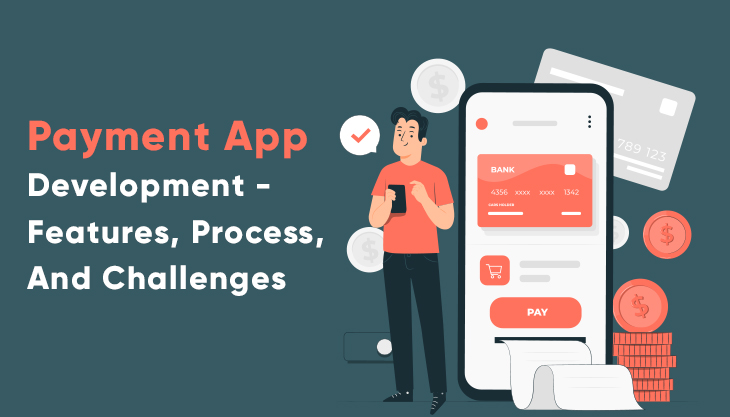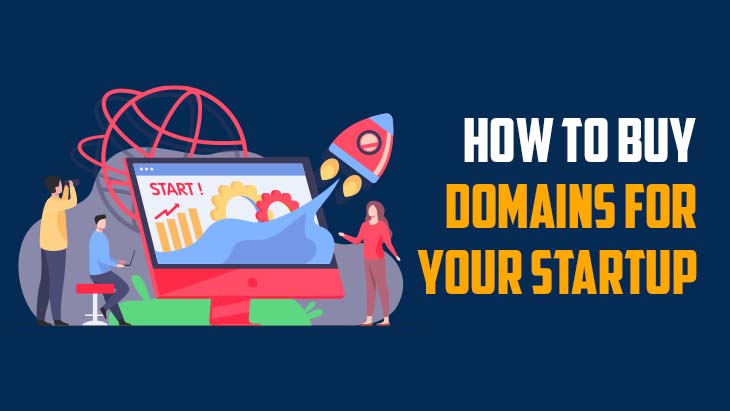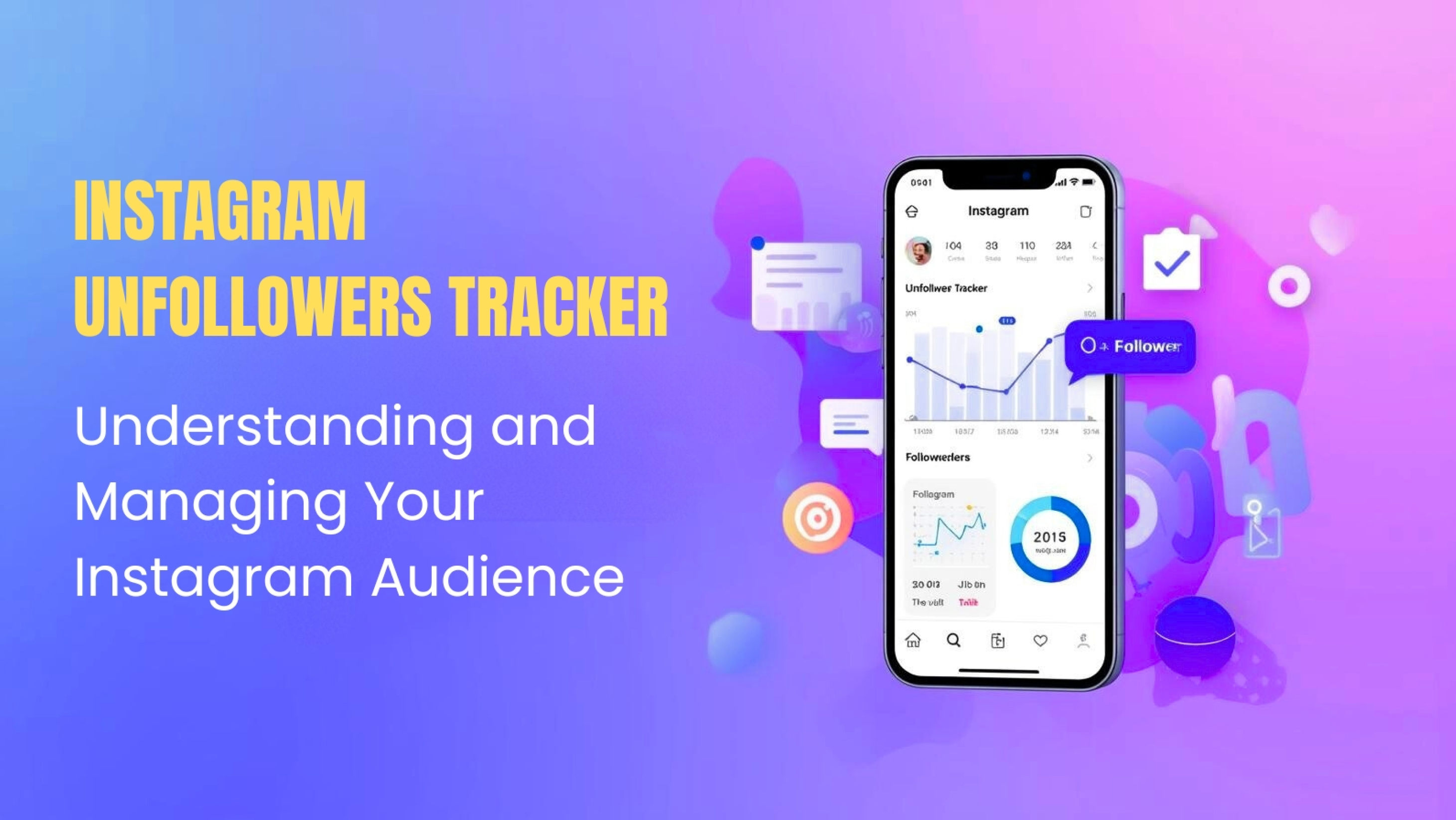The fintech business is expanding, and startups are obviously hoping to cash in on the shifting financial landscape. Because digital payments remain the most popular category among fintech marketplaces, there is a growing interest in payment app development.
It's not easy to create a peer-to-peer payment app because you'll have to overcome numerous technical, security, and legal challenges. We'll go over features, processes and challenges of payment apps in this article.
Payment App Features
Payment applications make it easy to make digital payments in a variety of ways:
1. Purchases made on the internet.
Users may make purchases on the internet with just one click thanks to payment networks like PayPal. Despite the fact that credit cards remain the most common way of payment, ecommerce businesses must provide additional options. Retailers can increase the likelihood of convenient and secure purchases by integrating a payment gateway that accepts both credit cards and electronic payment methods.
Large merchants have also entered the payment solution market; Amazon, for example, created Amazon Pay to let customers make purchases from third parties using their Amazon account.
2. Purchases made in-store.
Offline cashless and cardless transactions are becoming more popular: in 2019, 30% of consumers throughout the world preferred mobile wallets to cards, and this trend has only grown in recent years. Apps for online payment can also be used to make contactless offline purchases.
3. P2P (peer-to-peer) money transfer.
Friends and groups can transmit money to one another more easily with peer-to-peer (P2P) programmes. In a 2020 survey in the United States, 44% of respondents indicated they used peer-to-peer payment networks. Venmo, a peer-to-peer payment software, has 40 million users, demonstrating the rising demand for these apps.
4. Login with confidence
You can provide biometric identification techniques such as fingerprint or face recognition in addition to email and password login. Multi-factor authentication is also a smart idea in any financial app.
5. Management of user profiles and accounts
Users should be able to add and remove multiple bank accounts, establish notification preferences, upload a profile picture, invite friends, and do other operations connected to their accounts through the app (setting payment limits, enabling or disabling automatic currency conversion, and so on).
6. Payments sent and received
Money transfers are essential in financial apps, thus they must be simple to complete. An software for P2P payments should integrate user contacts, provide multiple ways to find a recipient, and display suggested contacts.
Allowing users to pay money to unregistered people via the app is also a wonderful idea. These users can register and accept the transaction after receiving an SMS or email transfer notification.
Popular electronic payment apps have extra features that make payment requests easier. Individual QR code creation was designed by Venmo, and Cash added a shareable identity for individuals and businesses.
7. Payments in cryptocurrencies
Many prominent payment apps allow users to make crypto transactions in addition to national currencies. Cryptocurrencies are held by over 300 million people globally, thus this feature is absolutely worth considering.
PayPal and Venmo, two of the most popular payment programmes in the United States, accept cryptocurrencies and allow customers to buy as little as $1 worth.
8. Integrations with point-of-sale (POS) systems
Merchants can use your app to take payments through their point-of-sale systems. It's especially useful when both the POS system and the payment app include QR code scanning capabilities, allowing customers to make purchases without touching anything.
9. History of transactions
Convenience and transaction transparency are two of fintech's most prized advantages. It's critical to provide an easy and informative payment history area in a payment app, with the ability to see data, produce electronic receipts, and distribute them to in-app friends or via email.
10. Bill splitting
Splitwise, a pioneer in bill-splitting software, has helped users manage over $90 billion in spending since its introduction in 2011. Trips, lunches, rent, and expenses are frequently shared among users of all generations, and having automatic bill splitting and a clear record of who owes what to whom is convenient.
11. Rewards
Users are attracted to reward schemes and cashback opportunities. Among the biggest advantages of mobile payments, according to Pew poll respondents, are prizes and discounts.
12. Analyse the budget
Users are more likely to utilise payment apps that cater to a variety of needs in one spot. According to a Citibank survey from 2017, the majority of customers are more inclined to stick with financial apps that contain more than five useful features.
It makes logical sense to integrate expenditure data into a payment app, given that expense trackers are among the fastest-growing finance apps.
The fact that many banking and payment apps include identical features (or require the purchase of a separate spending tracker, as Capital One did with Level Money) further adds credence to the concept.
How to Set up a Payment App
Before you begin looking for a development team, you must first design a vision for your project and write down specific specifications. So, here's what you should be on the lookout for.
1. Select a peer-to-peer (P2P) app.
Peer-to-peer payment programmes come in a variety of shapes and sizes. Banking and stand-alone solutions are the most popular. You can opt to stop at one of them depending on your business model, but you should be aware of all forms of payment apps.
2. Make a feature list for your P2P app.
Return to the features after that. You must create a list of required features, which will be estimated by a development team. Begin with the basics and work your way up to the features you wish to see in your app. To avoid missing anything, research your target audience, construct a portrait of your user, and map out the user flow, or the path that users will take when engaging with your app.
Don't try to build all of the features at the same time, as this may be unrealistic and costly. Prioritise features, focusing on the most important ones; new features can be added later when you're confident they're needed.
3. Select the appropriate technology.
The next step is to choose a technology. The correct technology can help you improve the functionality and appeal of a P2P payment app. Isn't this a crucial aspect in surviving the competition? FinTech has given us breakthroughs like NFC and biometrics ID, but we shouldn't stop there.
The banking sector is still undergoing digital change, with new technologies taking front stage. Real-time payments (RTP), unified platforms, artificial intelligence (AI), and blockchain are just a few examples.
Don't be afraid to leverage cutting-edge technologies and tools to build your software; the faster, easier, and more profitable your product is, the more likely it is to succeed.
4. Ensure that your app is secure enough.
We've already addressed security, but it's a good idea to think about it again while developing a peer-to-peer payment app. All information about your users' accounts, as well as the history of their transactions, as well as the process of transferring funds, must be kept secure.
According to the Cybersecurity Ventures Official Annual Cybercrime Report, the overall cost of cybercrime committed globally will exceed $6 trillion by 2021. I don't believe you want your users to be the target of a hacker attack.
5. Observance of regulations.
Regulatory compliance is just as critical as security. Payment standards must be followed by your payment app. Experts claim that the FinTech industry is unregulated, although different locations already have documentation that must be considered.
Unfortunately, considering the payment needs of all locations and developing a universal software that meets all standards is extremely challenging. As a result, you should pick a target region and develop a P2P payment app.
6. Design something that works.
You should not overlook the design of your app in the pursuit of utility and credibility. The convenience and user-friendliness of an app are determined by the user interface's correct structure and attractive appearance.
A memorable design will also aid in the development of high levels of awareness and engagement. There are various steps to the UX/UI design process.
Let me remind you that the UI is in charge of an app's appearance (colours, layouts, and typography), while the UX is in charge of the user's interaction with the interface and overall impression.
7. Locate a software development group.
After you've completed the preliminary stages, it's essential to recruit an experienced mobile app development team to assist you in bringing your ideas to life. Take the time to locate and hire skilled programmers. Clutch, GoodFirms, TopDevelopers, Techreviewer, and more sites provide ratings.
8. Try out your app.
Don't forget to ask about the testing results at the end of the project, but rather test the application yourself. It is preferable to detect bugs early and repair them than to offer a flawed product to the market.
Testing can help you figure out if your app is doing what it's supposed to be doing, if it can handle the load, and if it's easy to use. Repeat the test until you are satisfied with the outcome. Here's a brief checklist to help you test your app.
* Ensure that your programme instals and works properly.
* Ascertain that a user is capable of doing common tasks.
* Check to see if the app works on various devices and OS versions.
* Examine how the app responds in the event of a particular occurrence (incoming call, low battery, aeroplane mode, etc.).
* Bluetooth, WiFi, NFC, and USB connectivity are all tested.
* To guarantee that the programme is free of issues and to receive feedback, test it with real users.
* Determine who will be in charge of the application's support and upkeep (dedicated team, outsourcing services).
Challenges of Payment app
We've gone through some of the must-have and optional features to think about while building a P2P payment or other financial software.
However, functionality alone does not equal a useful fintech product; it takes a combination of development and design work, as well as a sound approach to data security and protection.
Let's look at some of your other main concerns while developing a payment application, in addition to the essential elements.
1. User-friendliness
People use digital payments for a variety of reasons, so it's no surprise that the more user-friendly a mobile payment software is, the more devoted its customers are.
2. Security
When it comes to money transfer apps, the most important consideration is security. Given that hacker assaults and data breaches continue to wreak havoc on financial services, you should implement the best security procedures to avoid avoidable flaws.
Multi-factor or biometric authorisation improves an app's access security, but other key security measures must also be included. We designed the financial software WebMoney at MadAppGang and used data encryption, certificate pinning, and a bespoke DNS server to defend it from hacking, MITM, and DNS attacks. We also made sure that jailbroken devices were automatically prevented from using the software.
It's also necessary to provide users with easy ways to contact customer service. Support and assistance are required in any case, but it is more critical in the case of hackers. Unauthorised transactions and an inability to contact Square to rectify the issue cost the company a lot of loyal consumers.
















Post Comments